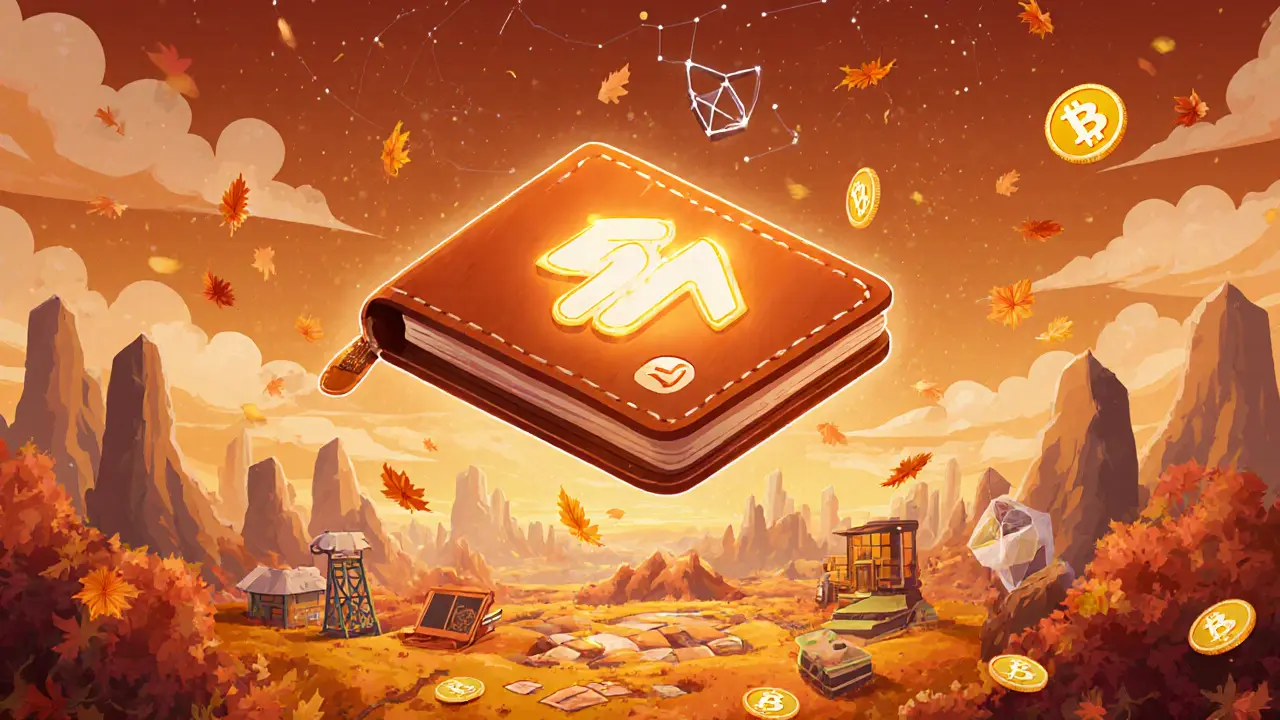MetaVoxel: What It Is and Why It Matters in Web3 and NFTs
When people talk about MetaVoxel, a building block for immersive digital worlds in Web3 that combines 3D geometry with blockchain-based ownership. It's not just another buzzword—it's a way to define and trade space in virtual environments using precise, indivisible units called voxels. Also known as 3D digital pixels, MetaVoxel enables creators to build interactive environments where every surface, object, or terrain can be owned, modified, or sold as a unique asset. Unlike traditional 2D NFT art, MetaVoxel projects focus on spatial ownership—you’re not just holding a picture, you’re holding a piece of a 3D world that others can explore, interact with, or even build upon.
MetaVoxel relates directly to NFTs, digital tokens that prove ownership of unique items on the blockchain. But here’s the twist: while most NFTs represent static images or collectibles, MetaVoxel NFTs represent dynamic, modifiable spaces. Think of it like owning a plot of land in a video game, but with real blockchain backing. This connects to Web3, a decentralized internet where users control data and digital assets instead of corporations. In Web3, your MetaVoxel isn’t just stored on a server—it’s yours, permanently, even if the platform that hosted it shuts down. That’s why projects using MetaVoxel often tie into metaverse, persistent, shared virtual worlds where people socialize, play, and trade. The metaverse isn’t one single place—it’s a network of interconnected digital environments, and MetaVoxel is one of the tools letting people build and own parts of it.
What you’ll find in the posts below isn’t hype or vague promises. It’s real analysis of how MetaVoxel fits into actual projects. You’ll see how it’s used in gaming, digital real estate, and creator economies. You’ll learn why some MetaVoxel-based NFTs have value while others are just empty 3D boxes. You’ll also spot the scams—projects that slap the word "MetaVoxel" on a lazy 3D model and call it innovation. This isn’t about future dreams. It’s about what’s already being built, traded, and sometimes, broken. If you’re curious about what owning a piece of the metaverse really looks like, the articles ahead will show you the truth—not the marketing.

